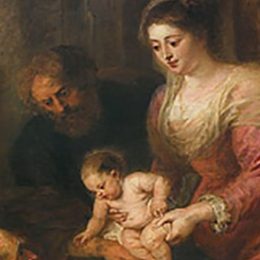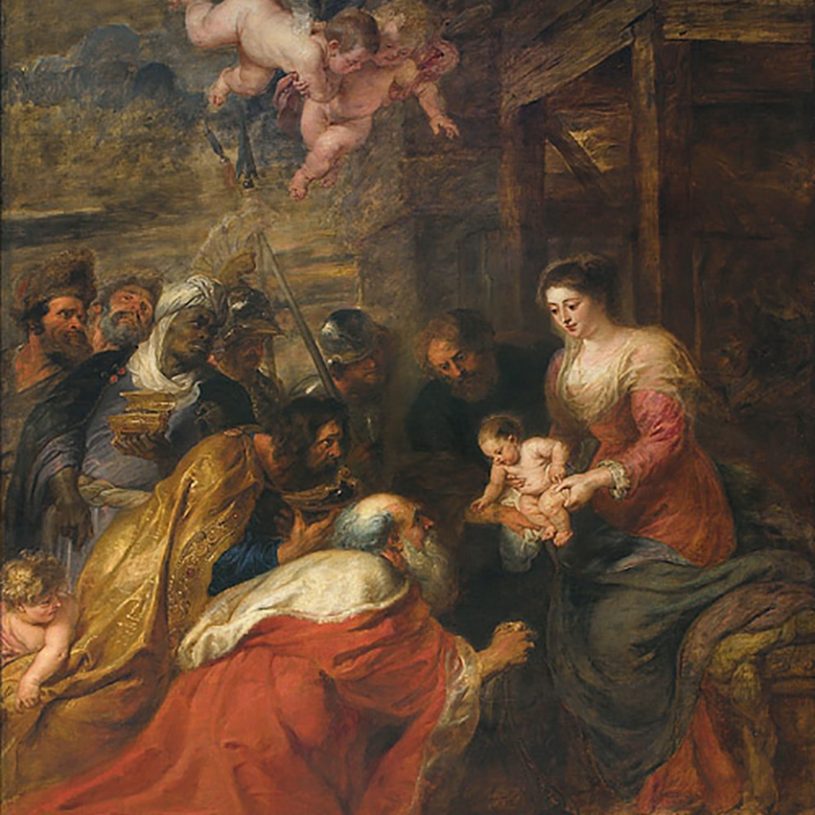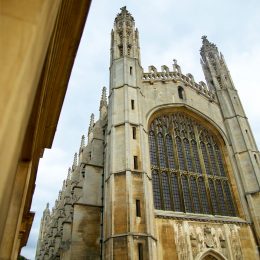Exploring the world of art, history, science and literature. Through Religion

Welcome to TreasureQuest!
Look through the treasures and answer the questions. You’ll collect jewels and for each level reached, earn certificates.
How far will you go?
You need an adult’s permission to join. Or play the game without joining, but you’ll not be able to save your progress.






Are there links to current religious practices or a modern equivalent?
It is currently located in King’s College Chapel in Cambridge, and the intention behind it is the same as it was when it was first painted. It is now seen by millions of people because every year the King’s College Christmas Carol Service is broadcast on television.

Where is it from, where is it now?

Websites
Kings College archive: The altar before Rubens
The arrangement of the East end of the Chapel has altered over the years. Photograph shows dark wooden panelling and steps up to the altar before the installation of the painting.
Kings College archive: Installing ‘Adoration of the Magi’ by Rubens
For seven years, work was undertaken to remove the panelling and lower the floor level so that the work of art was positioned below the beautiful stained glass of the East window.
Wallace Collection – London
The Wallace Collection is a national museum which displays the wonderful works of art collected in the eighteenth and nineteenth centuries by the first four Marquesses of Hertford and Sir Richard Wallace, the son of the 4th Marquess.
Royal Museum of Art – Antwerp, Belgium
In 2008, this painting was the focus of an extensive study by the Royal Museum of Fine Arts Antwerp.
Books
New Testament, Matthew’s Gospel, Chapter 2
Read ‘The Magi Visit the Messiah’ online at Bible Passages










 Faculty of Divinity
Faculty of Divinity